September 3rd, 2013 is the day I started the Nautical Sciences program at BCIT.
The program is centralized around two elements: the school phase and the sea phase.
The school phase
The school part is pretty straight forward: you’re given six months in school to complete a certain volume of classes, get acquainted with principle operations of the ship, receive your introductory certificates enabling you to work on a commercial vessel (First Aid, Proficiency in Firefighting, etc), develop necessary skills in marine safety, communication, emergency and other shipboard procedures.
Meanwhile you will have constant workshops, interviews and presentations set up by shipping companies which are interested in recruiting you. There are a number of schools in Canada which specialize in creating qualified officers – BCIT in BC, Memorial University in Newfoundland, Université du Québec à Rimouski in Québec, Georgian College in Ontario. But it is BCIT’s Nautical Sciences program that has made a reputable name for itself and it’s students, thus giving hiring preferences among international employers to our graduating officers.
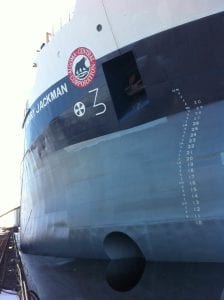
The sea phase
After the initial six months comes the first sea phase. Employers will offer you positions within their fleet, you are to chose which company is more appealing. The date when you join the ship is agreed upon, contract and flights received. My first ship was the Captain Henry Jackman of Algoma Central Corporation, which I joined in Thunder Bay, Ontario.
The Jackman is a self-unloading bulk carrier, meaning it has prismatic cargo spaces which bottleneck the cargo to the bottom of the cargo hold and dump it on to a conveyor belt. This conveyor runs through the entire length of the ship. The cargo is then brought up to deck level and unloaded over the side through a swinging boom. No external shore machinery is required, the ship is self-sufficient during the whole discharge operation.
Our main cargo were iron ore pellets. It’s a compound of clay and iron ore concentrate. Iron ore is an integral part in the production of steel, found anywhere from planes and bridges to your oven.
We were also very much involved in the carriage of salt. There is a salt mine extending for 5 km beneath lake Huron, supplying salt to all of Canada. We carried unrefined granular salt for Sifto, which will later be on every road in every major Canadian city. Also, the load port of Goderich is laden with early Canadian history and is undeniably one of the nicest towns to spend 9 hours loading a 10 000 tonne ship.
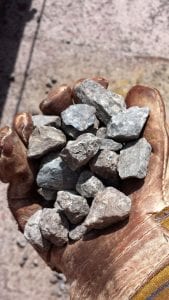
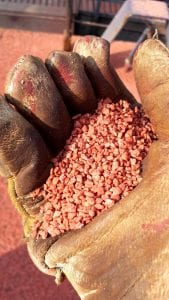
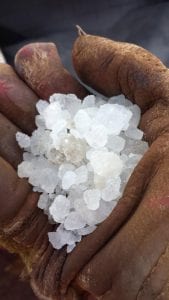

The Jackman had a couple consignments of railroad rock, used for a plethora of various applications.
After nearly five months onboard, the Jackman gave me invaluable shipboard knowledge and facilitated an environment for personal growth and development. The employee demographic comprises mostly of Québécois and Newfoundlanders – Newfies, as they call themselves. Some companies, like Transport Desgagnés, have fully french speaking ships, making your mandatory grade 7 French classes a strong asset. Regardless of any language barriers, the Great Lakes perfectly embody Canadian multiculturalism, bringing people of various experiences and from various backgrounds towards a single goal – fueling the monolithic mechanism of global industry and driving human advancement.
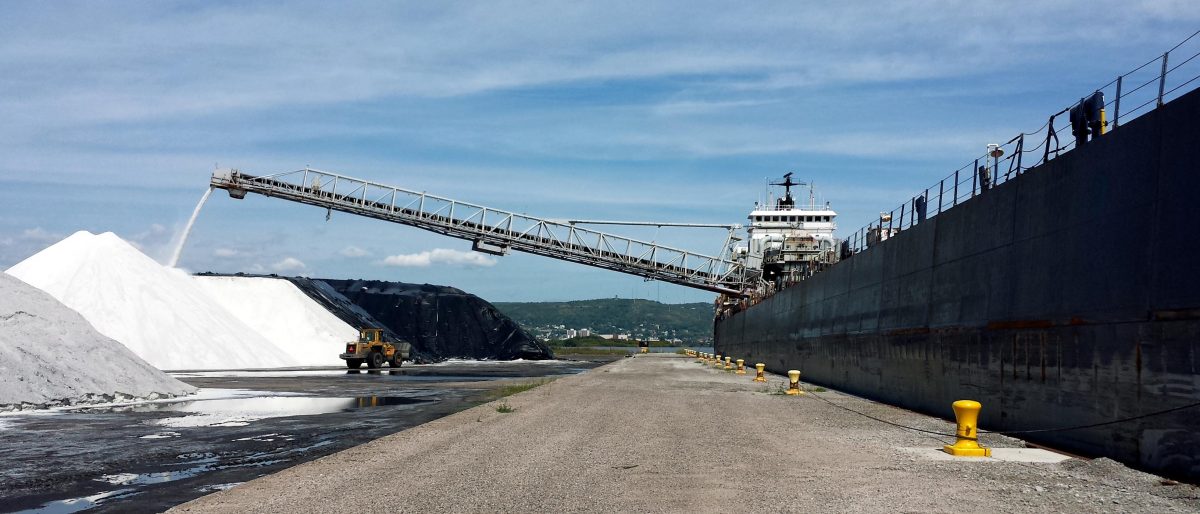

You may wish to do some fact checking. Lake superior is 304 nautical miles long and it took you 4 days at 12 knots? 4 x 12 x 24 = 1152 N.M. Talk about a great circle route?
Best regards,